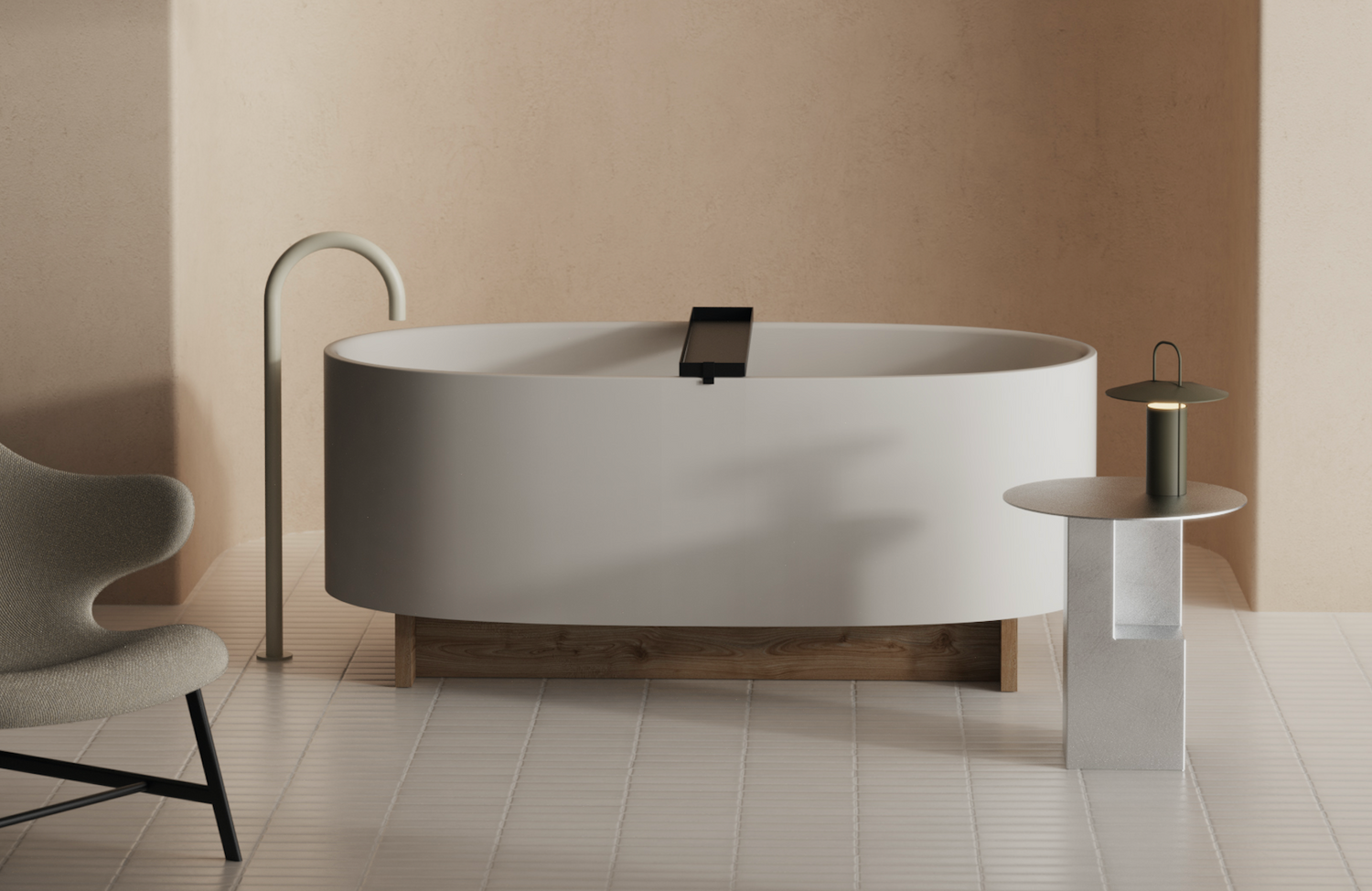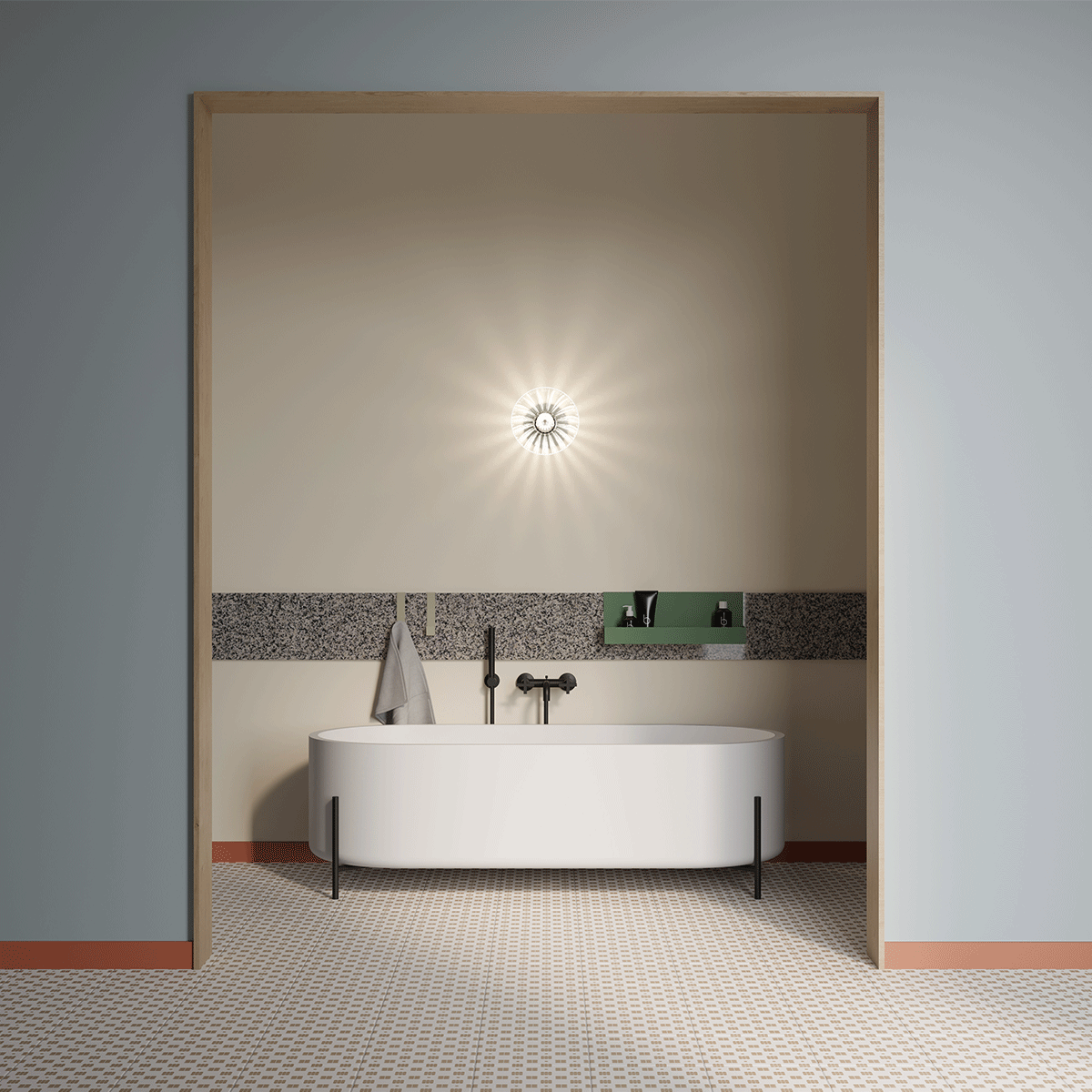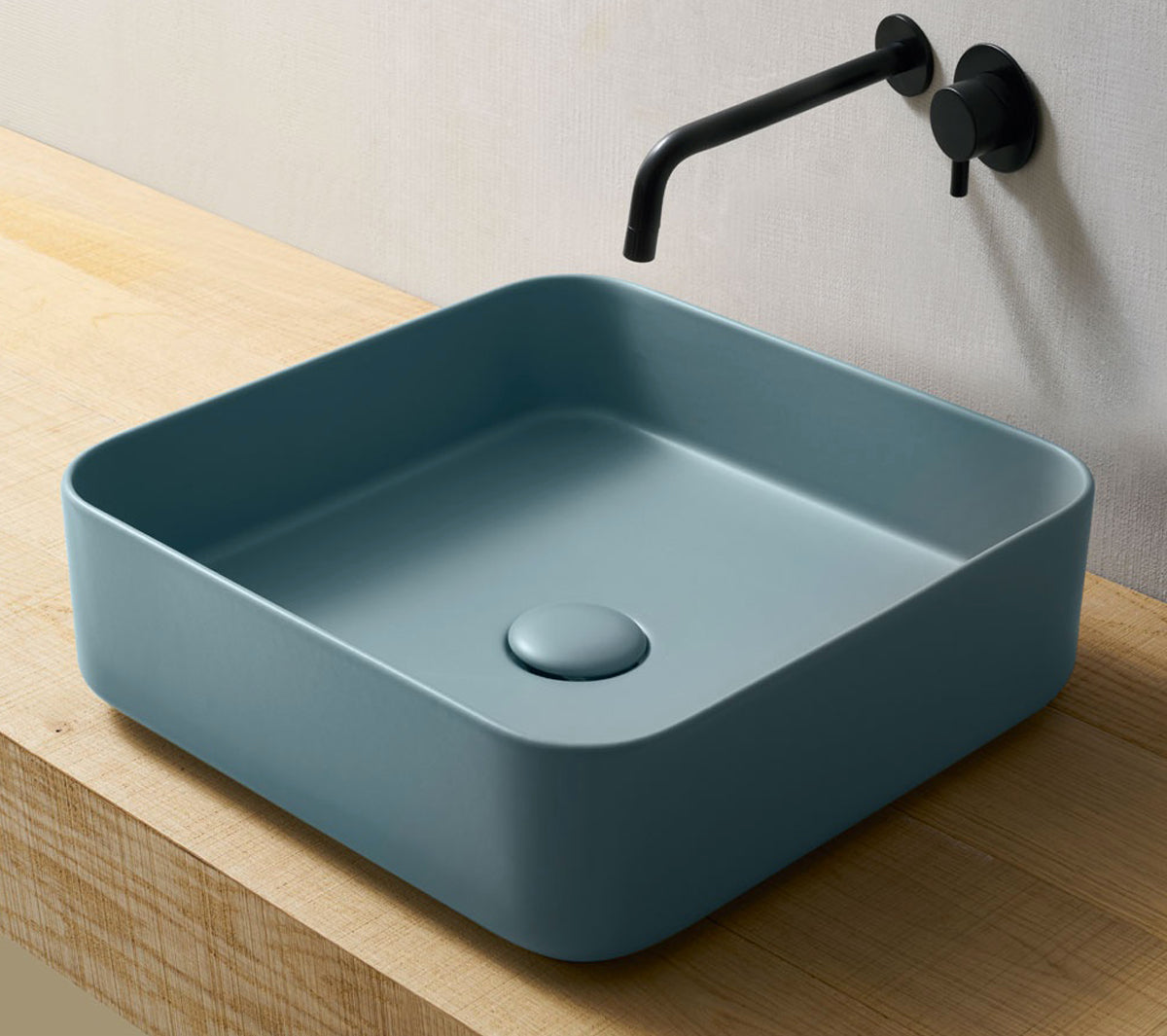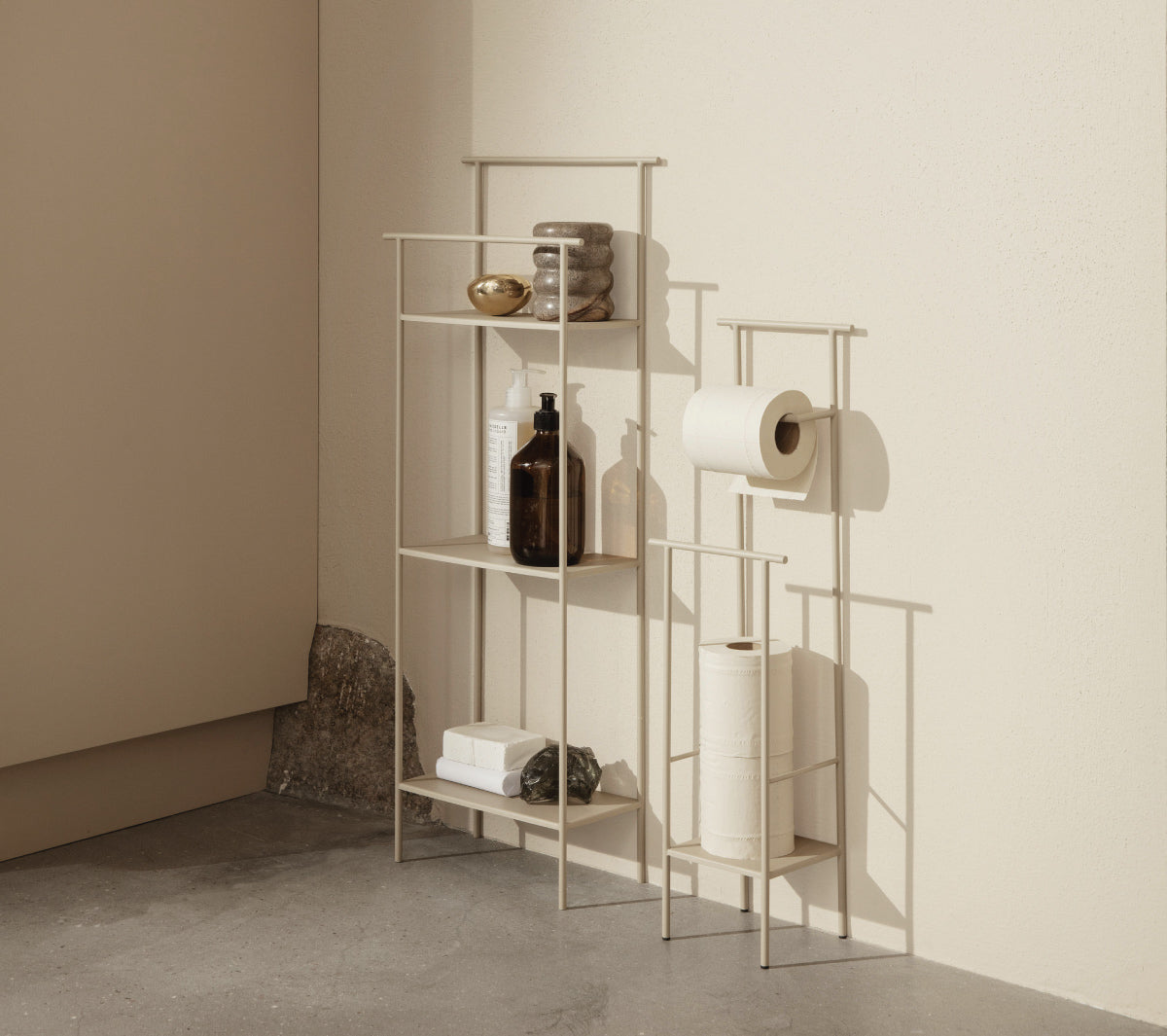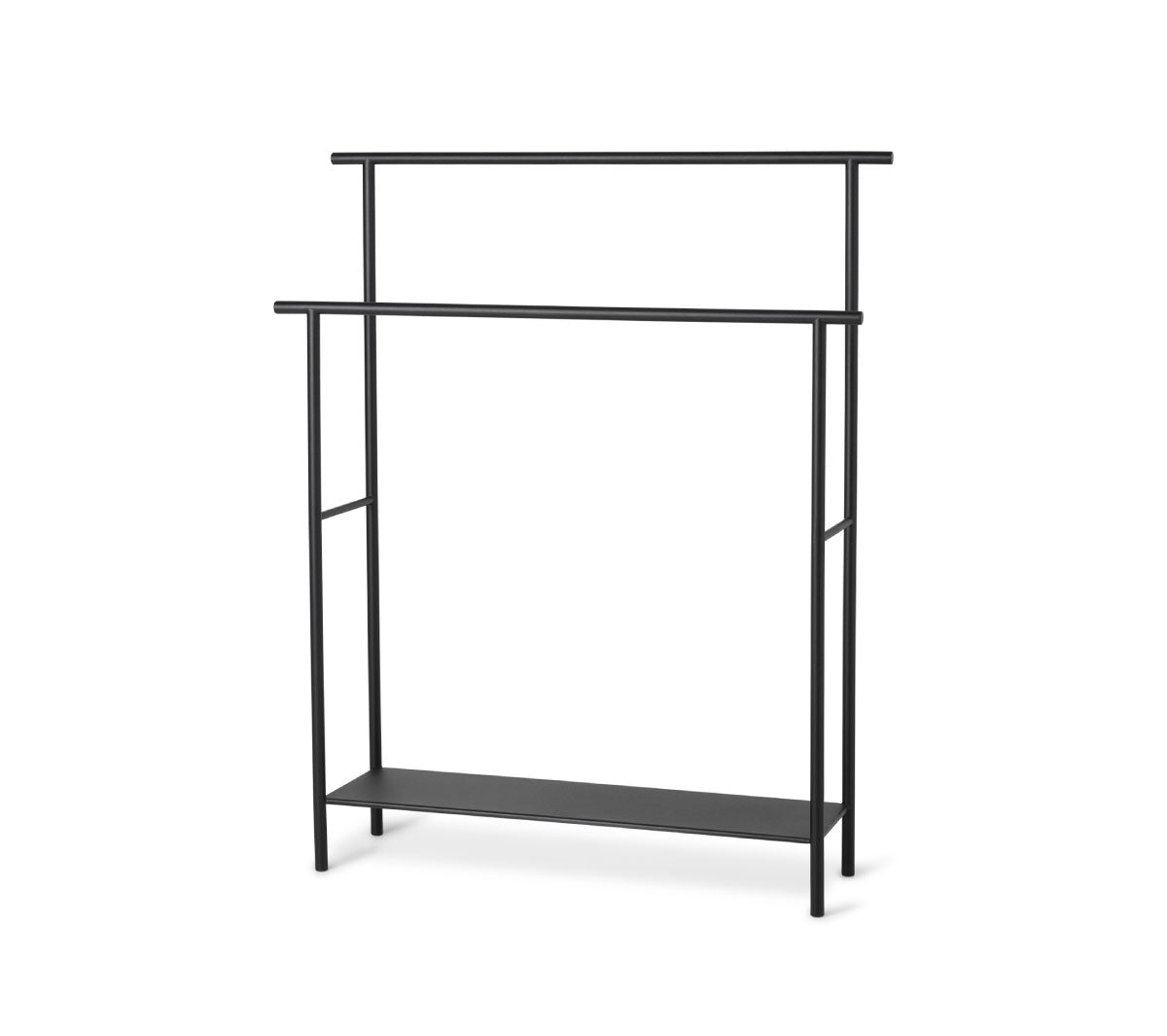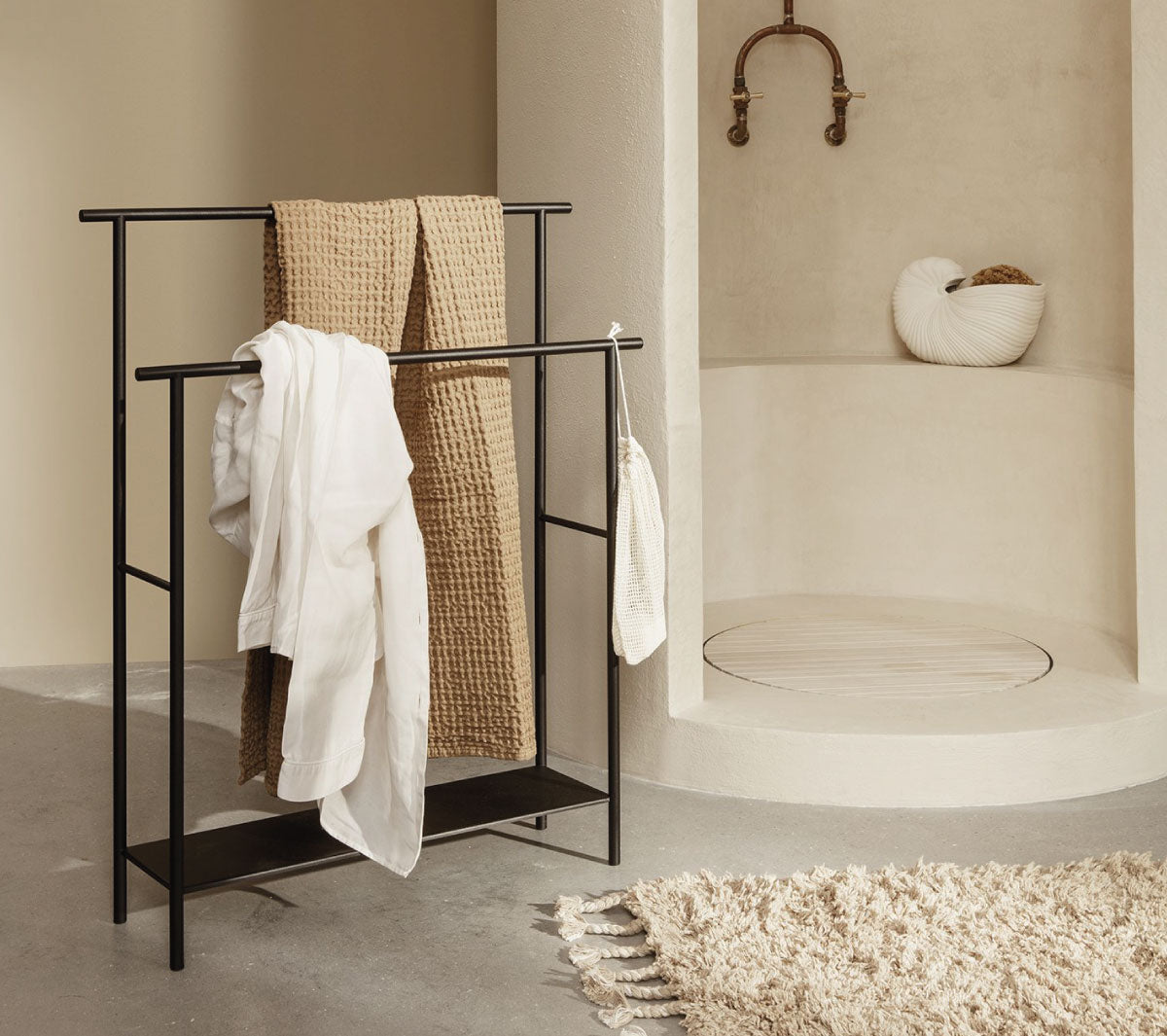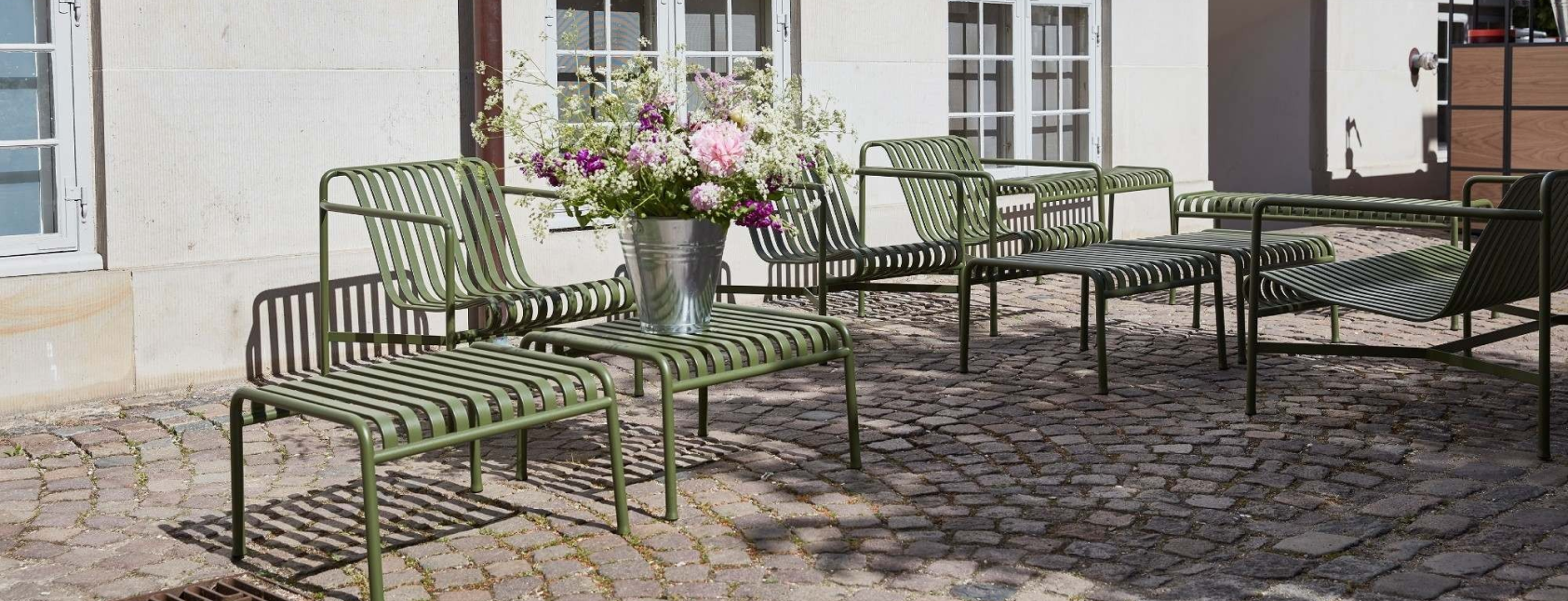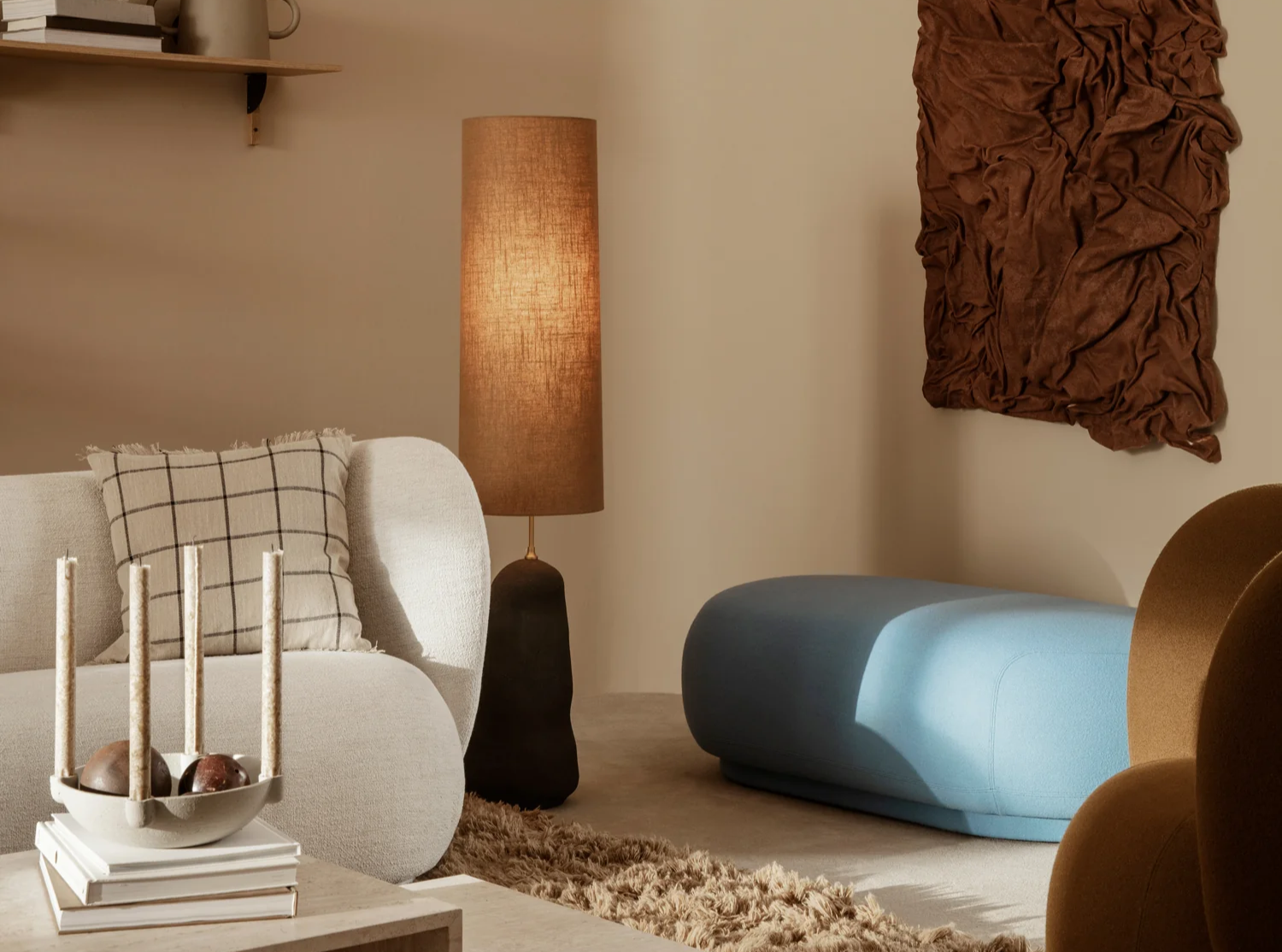
Stand by Ex.t
1. First things first, the measurements!
To minimize risks, contain costs and avoid unpleasant surprises, the scale plan must be carefully studied: what size is the room? Where are the sink, toilet, shower and tub drains located? Knowing the height of the ceiling, for example, is crucial to avoid making the wrong choice of shower enclosure.
Consider that a sink is usually positioned at a height of 83-87 cm from the floor, while the minimum space to consider for sanitary ware is 120 cm. For the bidet, 20 cm are needed on the right and 20 cm on the left, while the toilet can be up to 10 cm from the wall. To be able to position sanitary ware and a sink unit in front of each other, the room must have a minimum width of 165 / 170 cm.
But constraints and measures, fortunately, are not everything. Once these aspects are defined, we move on to the fun part, the choice of materials and finishes.
2. From color to furnishings
It is the color that determines the character of a room. Once you have established the palette that best represents you, proceed with the choice of accessories and furnishings. In bathrooms, neutral tones usually predominate: from white to cream, from gray to champagne. The reason? Soft shades are more associated with an idea of clean and hygienic. However, this does not mean giving up color! It is possible to give that extra touch even by simply choosing a mirror with a colored frame, a sink top or a cabinet in a nice bright color such as blue or green, a decorated shower curtain or even simply a bath mat and a set of colored towels.
Even the toilet, bidet and sink do not have to be white, they exist in all colors. Although, black or pink sanitary ware are certainly not for everyone.

3 What is the budget?
How much does it cost to redo a bathroom? There are many variables that depend on the various phases that involve the entire process: systems, masonry and only lastly the finishes.
What may seem like a saving in the short term could become a waste in the future. Faucets, sanitary ware, showers and bathtubs must last for years; choose quality products, don't just consider prices. Trust the experts, ask them to show you the manufacturers' certifications and guarantees, read the technical sheets carefully and follow the maintenance instructions.
However, if your budget is limited, good news: it is possible to refresh an old bathroom while keeping costs down. Sometimes a few small adjustments are enough, such as replacing old towel racks, a cabinet, the faucets, a lamp, the medicine cabinet, the wall mirror with more fashionable models. It is also possible to renovate the shower simply by replacing the shower head with a more high-tech model.
Other low-cost ideas: add personal (and cheap!) objects to the room, making it a real extension of the living area. Plants, paintings, photographs, candles and rugs can really transform the environment and make it more personal and intimate.



